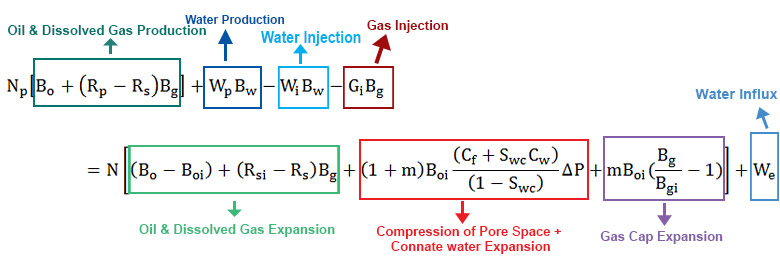Pumpjack (also known as donkey pumper, oil horse, pumping unit, nodding donkey, horsehead pump, beam pump, rocking horse, dinosaur, Big Texan, grasshopper pump, jack pump or thirsty birds) is overground drive for reciprocating the piston pump in oil well.

It’s used for mechanically lifting the liquid out of a well if there isn’t enough bottom hole pressure for liquid to flow to the surface. Commonly this arrangement is used for the onshore wells that don’t produce much oil. The pumpjacks are quite common in the oil rich areas.
Generally a pumpjack produces 5 – 40 liters of liquid with each stroke. It is often an emulsion of water and crude oil. Couple of factors on which the size of the pump is determined are the weight and the depth of oil that is to be removed. More power is required to move increased weight of discharge head (discharge column), in deeper extractions.
The rotary mechanism of motor is converted to vertical reciprocating motion by a pumpjack in order to drive pump shaft and it is exhibited in characteristic nodding motion. ‘Walking beam’ is the engineering term used for such a mechanism. This mechanism was often employed in the marine and stationary designs of steam engines in 18th and 19th century. Continue reading →














